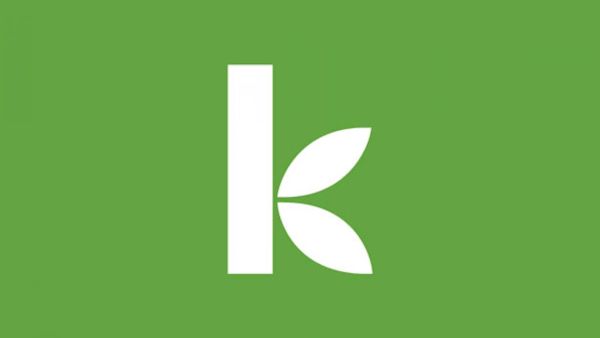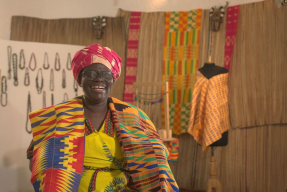
Note: This post was published in 2010 and contains outdated information. Please see this blog post or kiva.org/help.
By Peter Marchant, KF10 Azerbaijan
Microfinance interest rate discussions usually center on how much and often overlook the question of whether poor microborrowers should pay any interest at all. Kiva lenders are a philanthropic bunch. They could eliminate interest rates and cover administrative costs with donations, but for economic and ethical reasons they shouldn’t.
The Economics:
- Sustainability: The point of microfinance is sustainable development through broader access to capital. Donation capital is fickle, fluctuating and, ultimately, finite.
- Borrowers Can Pay: Borrowers by definition have economic opportunities. Their businesses often operate in inefficient markets where access to capital to purchase a motorcycle, rent shop space or buy wholesale can lead to returns that easily cover interest expenses.
- Limited Donation Capital: Kiva lenders have generously funded more than $120 million in loans over 4 years. The current global microloan portfolio is nearly $40 billion. Interest rates allow microfinance to reach more people.
- Unintended Consequences: “Free” loans undermine local MFIs charging market interest rates, squelching sustainable local money markets. Direct food aid has often undercut local agriculture leaving recipients even more aid dependent.
- Efficient Use: People care better for things they pay for. Charging for the use of money incentivizes borrowers to put capital where it creates the most value.
- Interest Returns to the Economy: MFIs don’t spend interest income on private jets, lavish offices and spa treatments. Wages usually represent the largest component of an MFIs administrative expenses. MFI employees live in the communities they serve and recycle their wages into the local economy.
The Ethics:
- Microfinance Not for the Very Poor: The poorest of the poor, suffering disease, conflict, natural disaster or disability cannot benefit from microfinance because they lack economic opportunity. They require direct aid that puts food in their bellies, but they are not asked to pay interest and they have no use for an interest free loan. Microfinance and direct aid are different development tools that should target different development needs.
- Limited Donation Capital: Every dollar spent providing free capital to a microfinance borrower who can afford to pay for it, is a dollar not spent on someone who might not live to tomorrow without it.
- Relationships: Providing free loans fundamentally changes the relationship between borrower and lender from one of partnership based on mutual interest in shared success to one of wealthy donor and powerless poor person.
- Independence: Interest rates mean financial independence for borrowers. Subsidized loans foster dependence on hand outs.
So even if it sometimes feels wrong to charge interest to microborrowers, it is important to remember that lenders, borrowers, and sustainable development all benefit from competitive interest rates.
Peter Marchant is a Kiva Fellow serving his first placement with AqroInvest in Azerbaijan. Click on Azerbaijan Borrowers for a list of Azeri borrowers currently on Kiva or click Supporters of Azerbaijan to join the Azerbaijan lending group.
PREVIOUS ARTICLE
The Dangers of Being an MFI Loan Officer →NEXT ARTICLE
The Forest Through the Trees →













